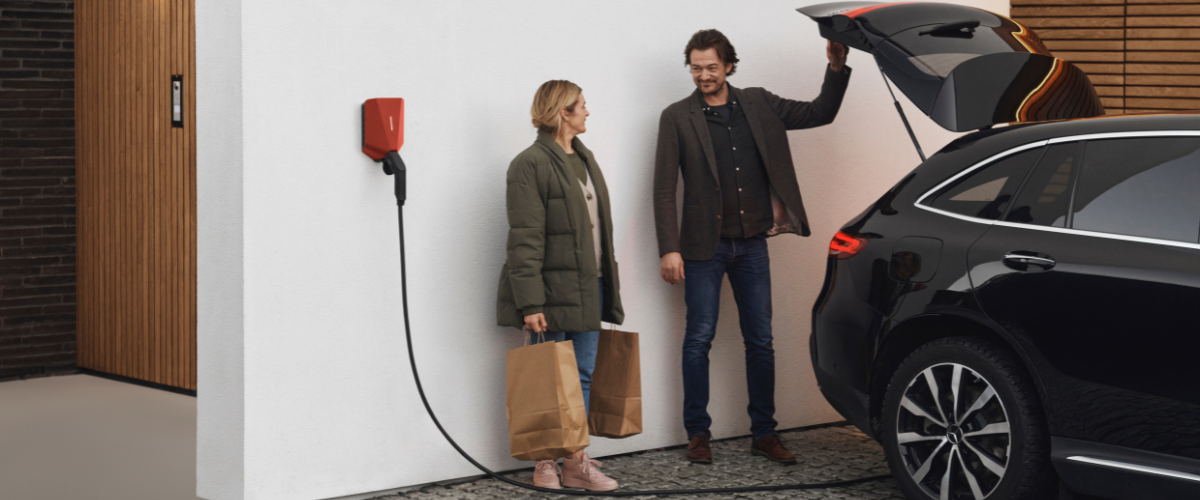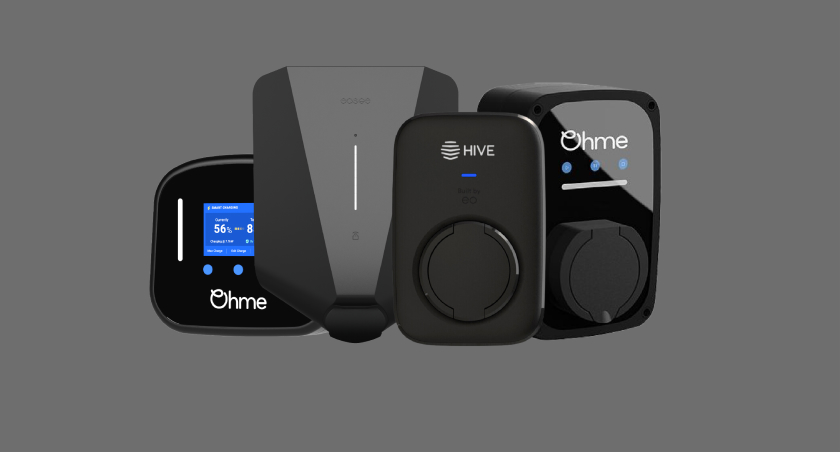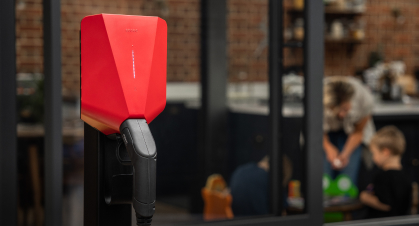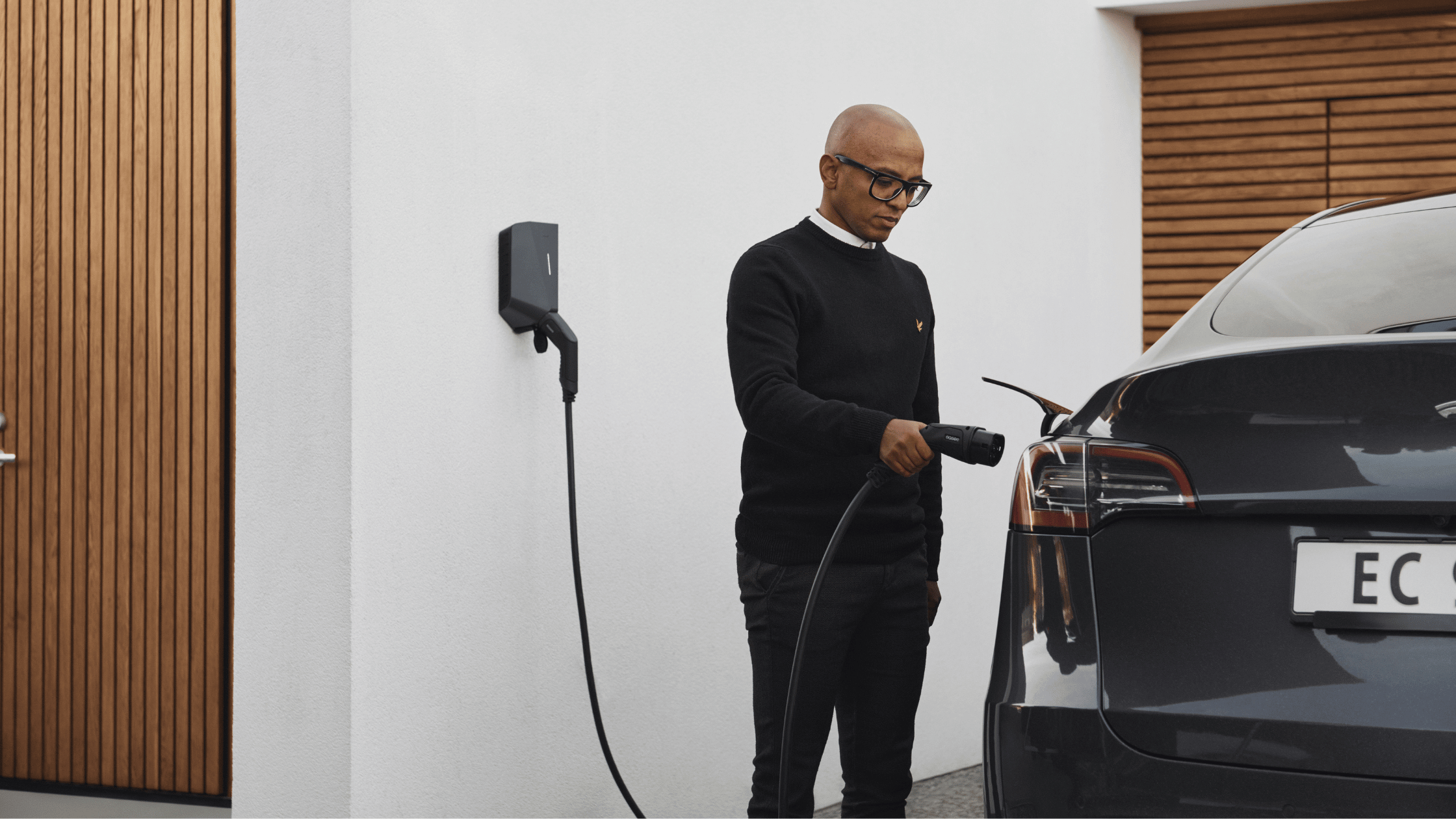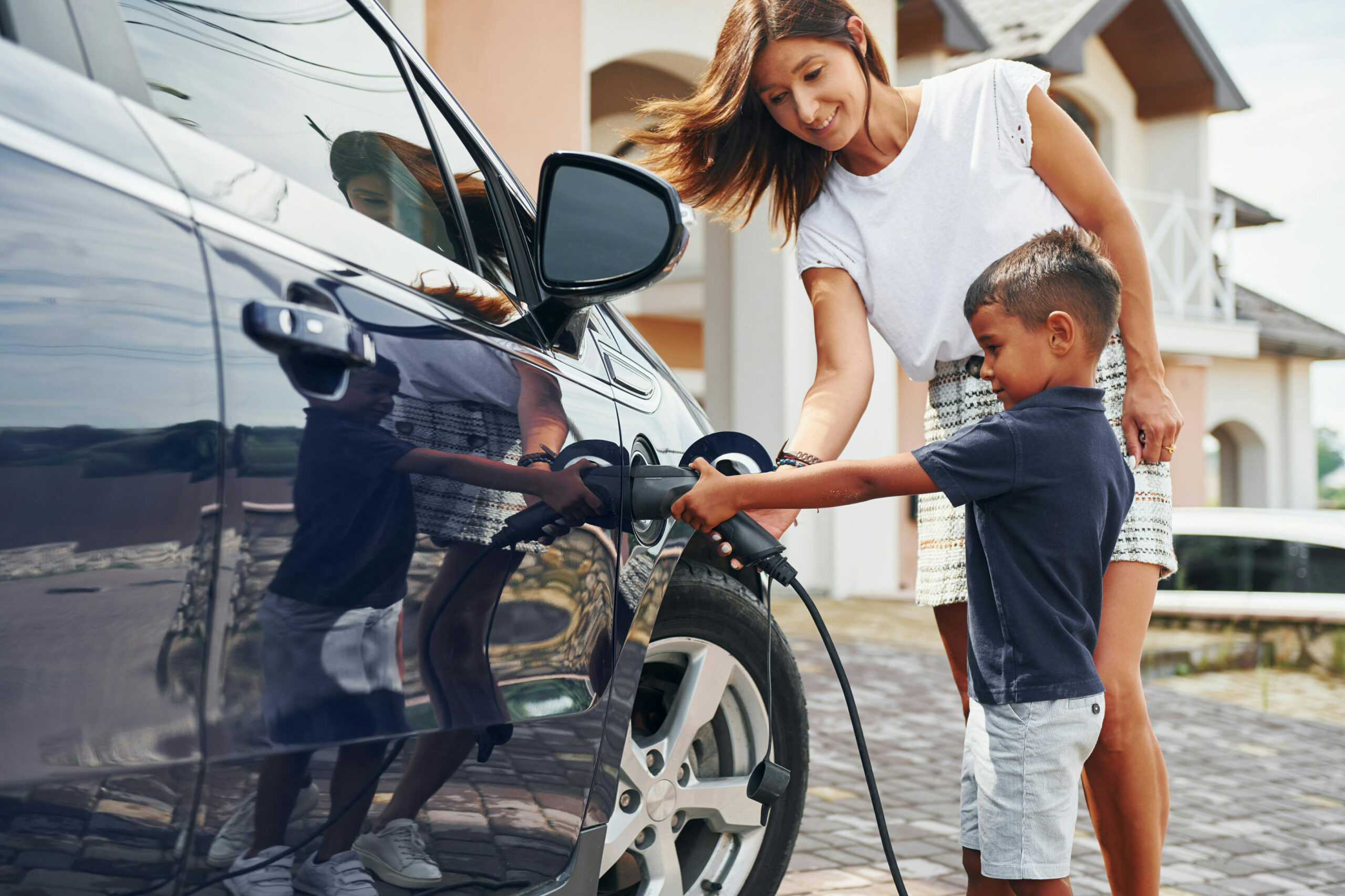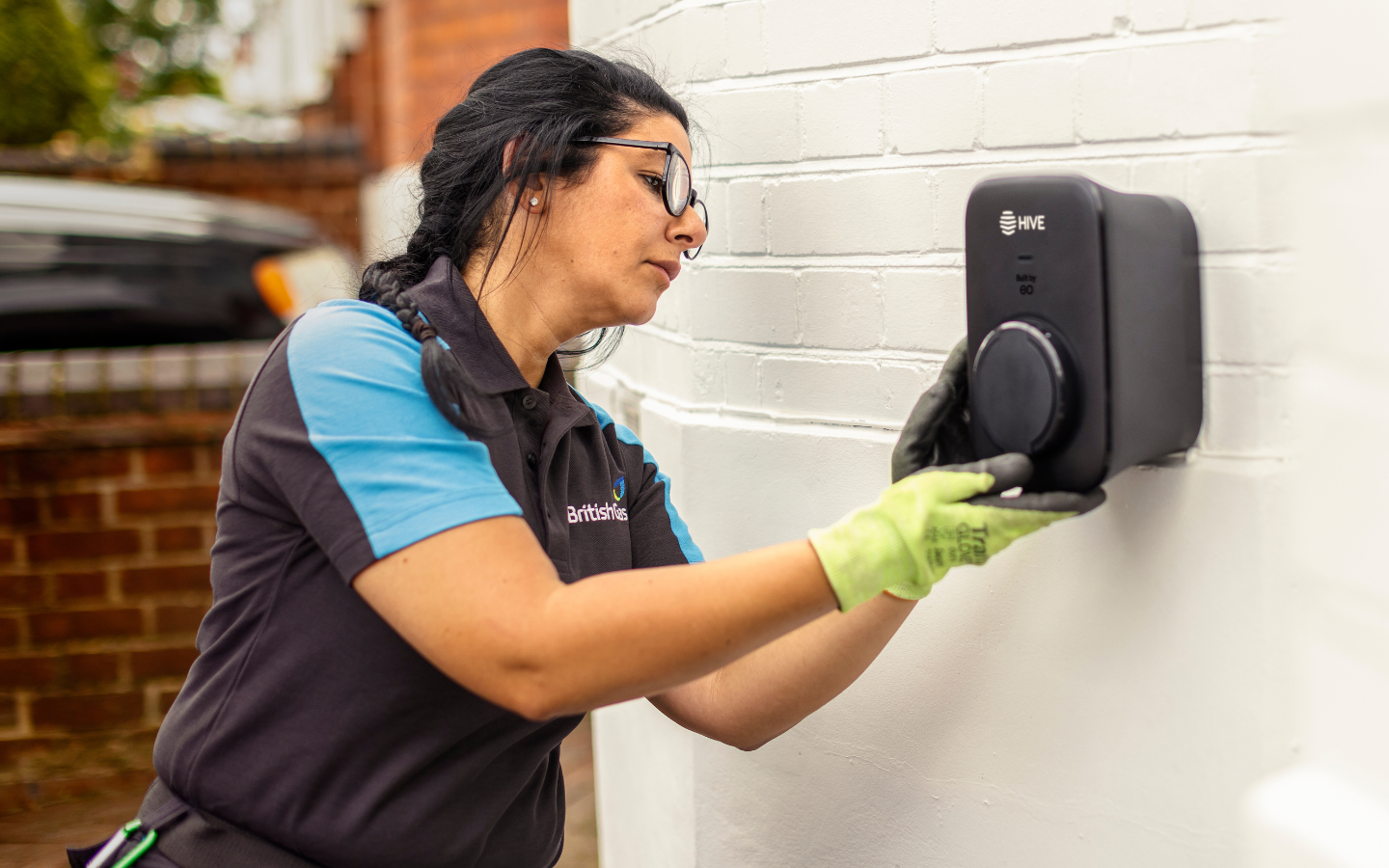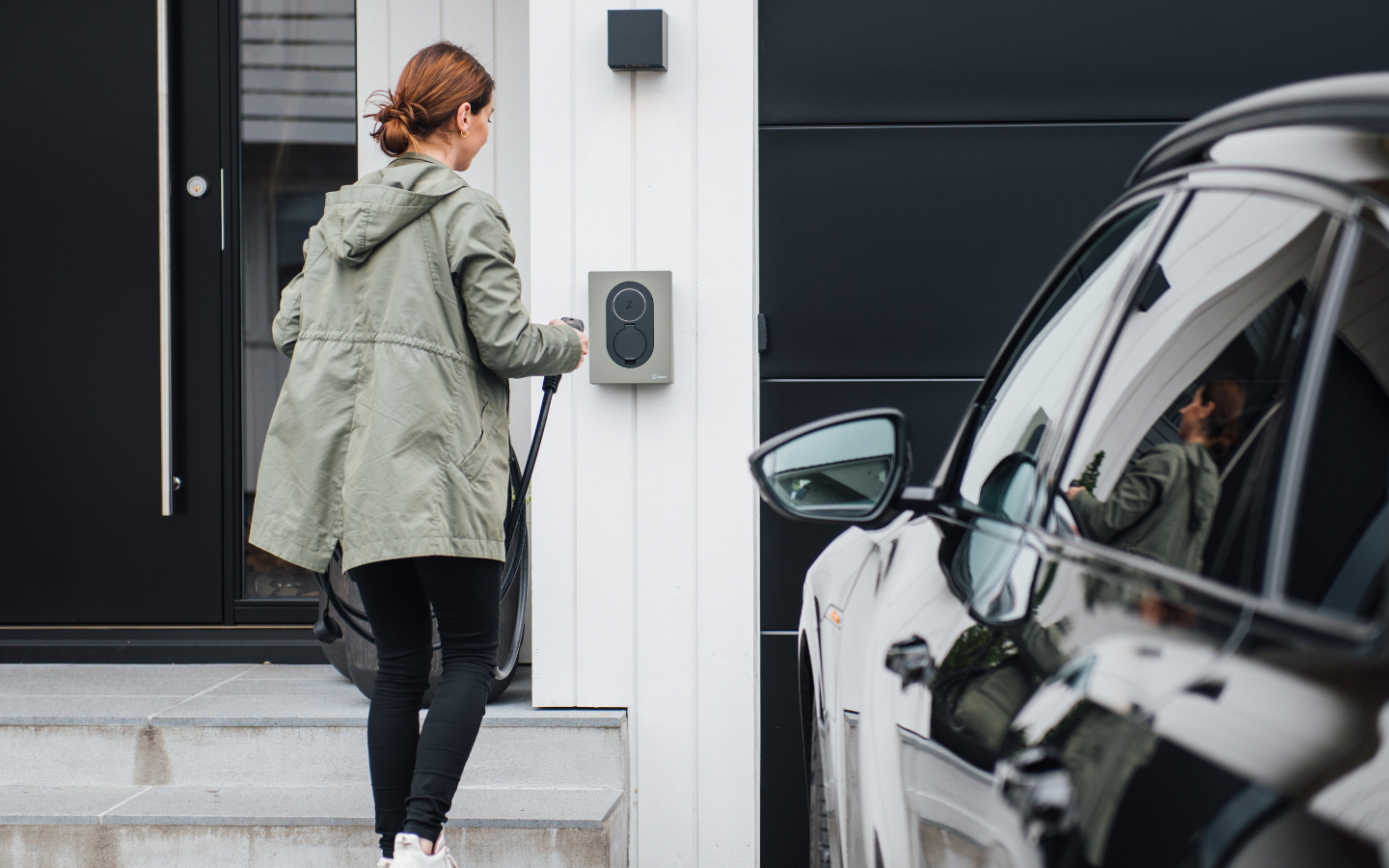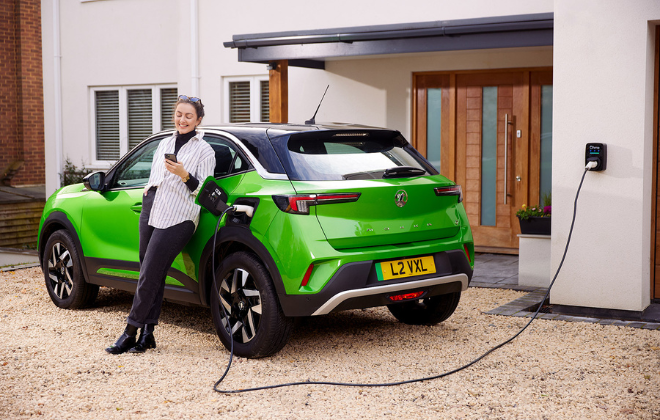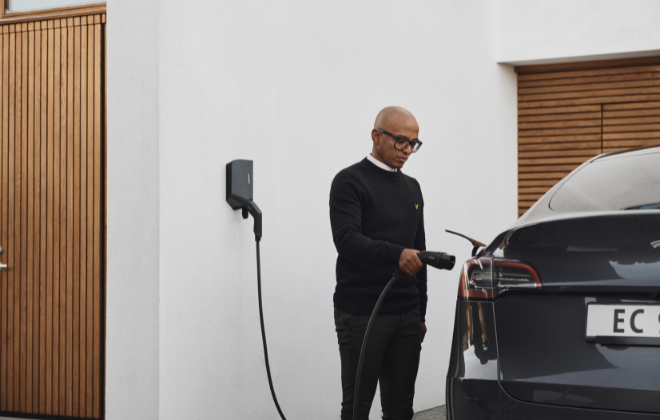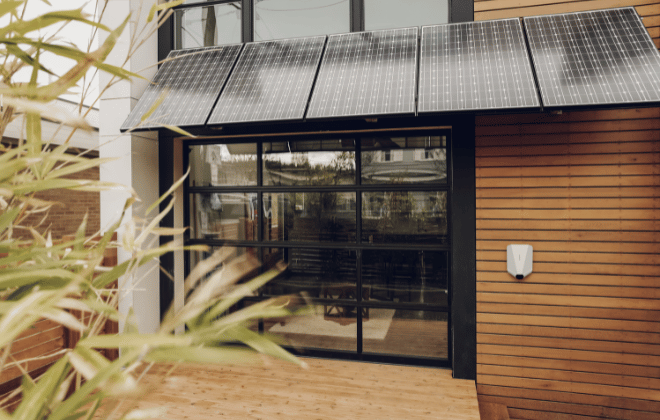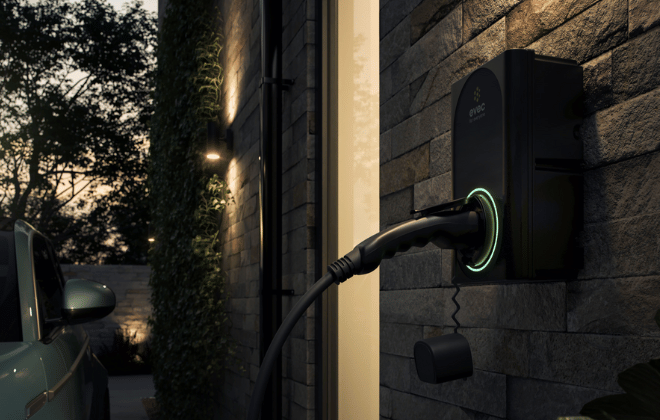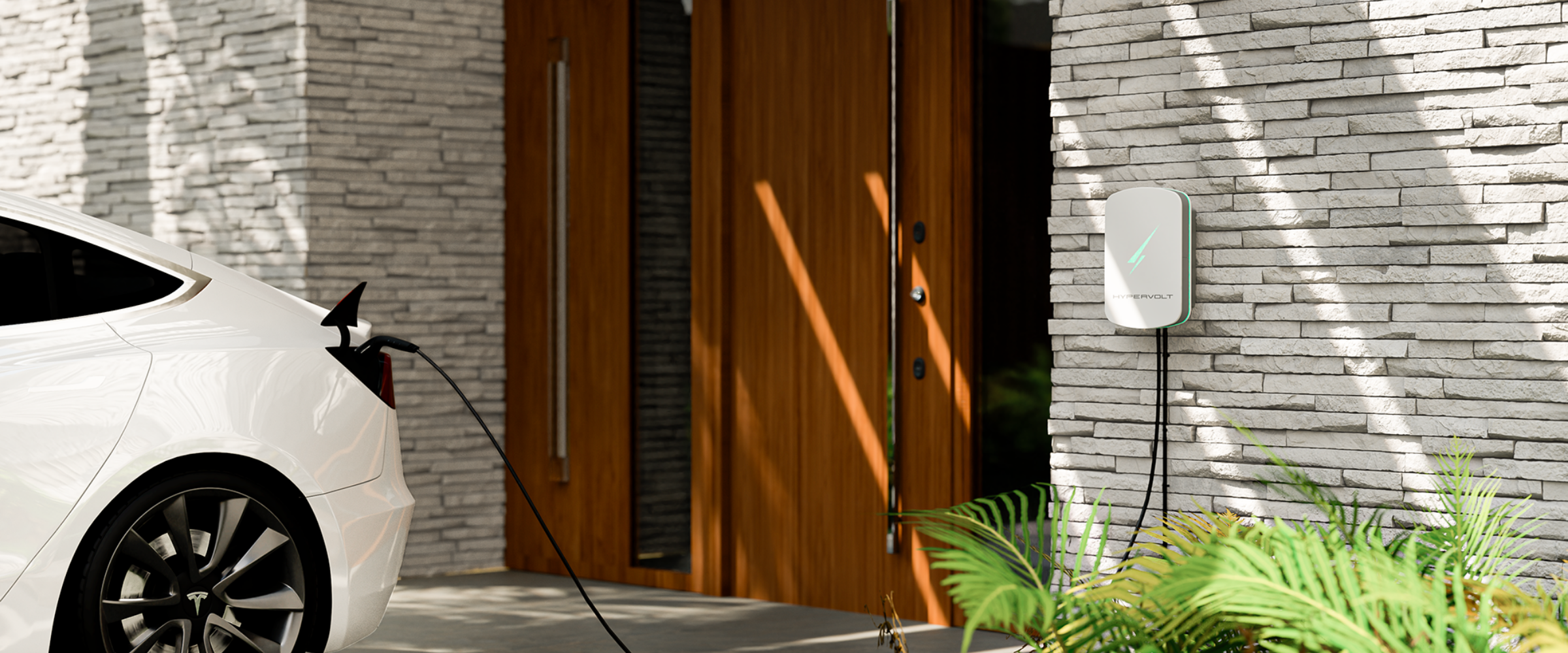

How to ensure cleaner, greener EV charging
How to ensure cleaner, greener electric car charging at home
Investing in an electric vehicle can already cut your carbon footprint significantly, but did you know you can ensure an even more eco-friendly charging experience with a home EV charger?
Keep reading to find out how you can make your electric vehicle charging greener.
1) Invest in a solar EV charger
One way to decrease your carbon footprint is to invest in an electric vehicle charger capable of charging your EV with electricity and solar.
Some of bestselling solar electric vehicle chargers, such as the VCHRGD Seven, have built-in solar compatibility. So, if your home has solar panels, you can charge your electric vehicle with surplus solar energy for free. Choose solar and slash your carbon footprint even further.
2) Charge scheduling
When demand for the electricity grid is at its peak, fossil fuels are used to generate energy to cope with the increase.
To lesson the strain on the grid, take advantage of the charge scheduling smart feature on your home EV charger and set your electric car to automatically charge during off-peak hours (typically 11am-6am). More eco-friendly sources of electricity are generated during off-peak hours too, such as wind.
And that’s not all. It’s cheaper to charge your electric car during off-peak hour – especially if you have a home EV charger that can sync with your energy tariff integration, such as the Ohme ePod and Ohme Home Pro. Or, if you are with British Gas, the Hive Mini Pro 3.
3) Green energy tariffs
On a similar note to charge scheduling, you can choose specific tariffs that are more suited to help the environment and help save you money. For example, Octopus Energy’s green tariffs are powered by 100% renewable energy, with the infamous Agile Octopus being the most commonly used. This innovative tariff provides pricing for you every half an hour, allowing you to take advantage of lower wholesale prices. Not only does the Agile tariff enable access to the cheapest rates through Plunge Pricing, but it is reducing your carbon footprint. The cheaper wholesale prices usually appear when the energy in the grid is greener, therefore reducing the need to burn fossil fuel during peak hours.
The only difference between charge scheduling and using a green tariff is that the tariff will find the information for you. In contrast, you will have to undergo the analysis yourself and set certain schedules with charge scheduling.
At the minute, one of the only electric vehicle charger brands that can use the Octopus Agile tariff is Ohme.
4) Choose a charger with smart charging analytics
While most electric vehicle chargers are packed full of smart features, including charging analytics, some include environmental analytics that can help you make more informed decisions regarding sustainability.
For example, the Ohme Home Pro has the ‘Green Score’ feature, where you can track your CO2 consumption levels. You can use this information to be smart when it comes to sustainability and your charging choices.
5) Vehicle-to-grid electric vehicle charging
Vehicle to grid is relatively new; however, it is a great way to manage energy usage and help support the electricity grid.
The idea behind V2G is that your electric vehicle acts like a battery pack, where you can store excess energy in your EV. If you do not need to use the energy yourself, you can sell the energy back to the electricity grid when it is needed the most.
For vehicle-to-grid to work, you will need a bidirectional electric vehicle charger and an electric vehicle that supports vehicle-to-grid, such as the Nissan Leaf.
With vehicle-to-grid, you can not only charge your EV, but you can actually store energy in your electric car and then export any surplus energy back to the grid. This helps to stabilise the grid and encourage the use of renewable energy; for example, electricity generated by solar can be stored within EV batteries and then given back to the grid. Not only that but you will be paid to do so.
As this is a new and growing area in electric vehicle charging, few EV chargers and electric cars have this capability; however, it is expected to snowball in the next few years to help make the transition to electric smoother.
Are you looking to get a smart EV charger installed at home? We Power Your Car can sort it for you.
If you are thinking about getting a electric car charger installed at home, click below to get your free quote, or contact us for more information or any queries you may have.
For more information and our latest updates, follow us on Facebook, Instagram, Twitter, LinkedIn and YouTube.
Related articles_
Stay up to date on the latest from We Power Your Car_
I consent to receive newsletters from We Power Your Car. Please see our Privacy Policy
